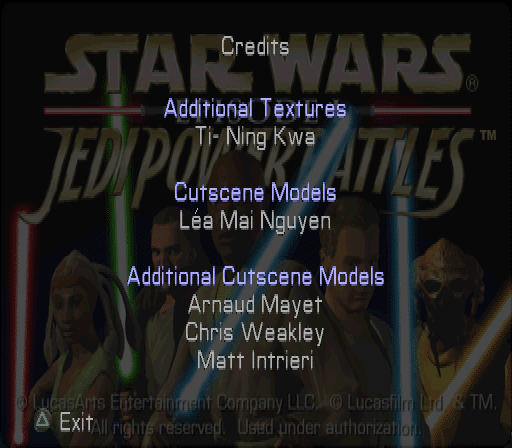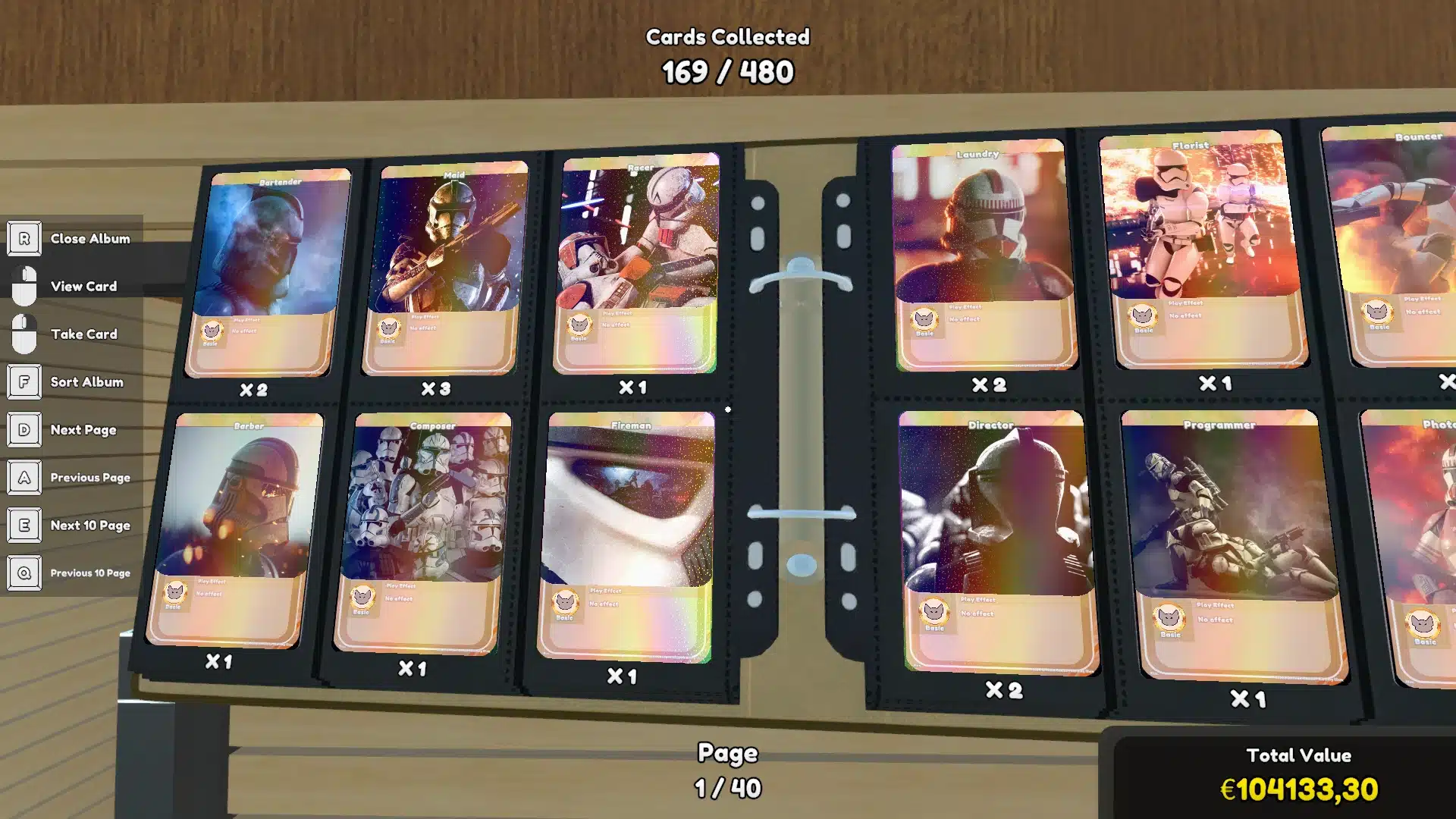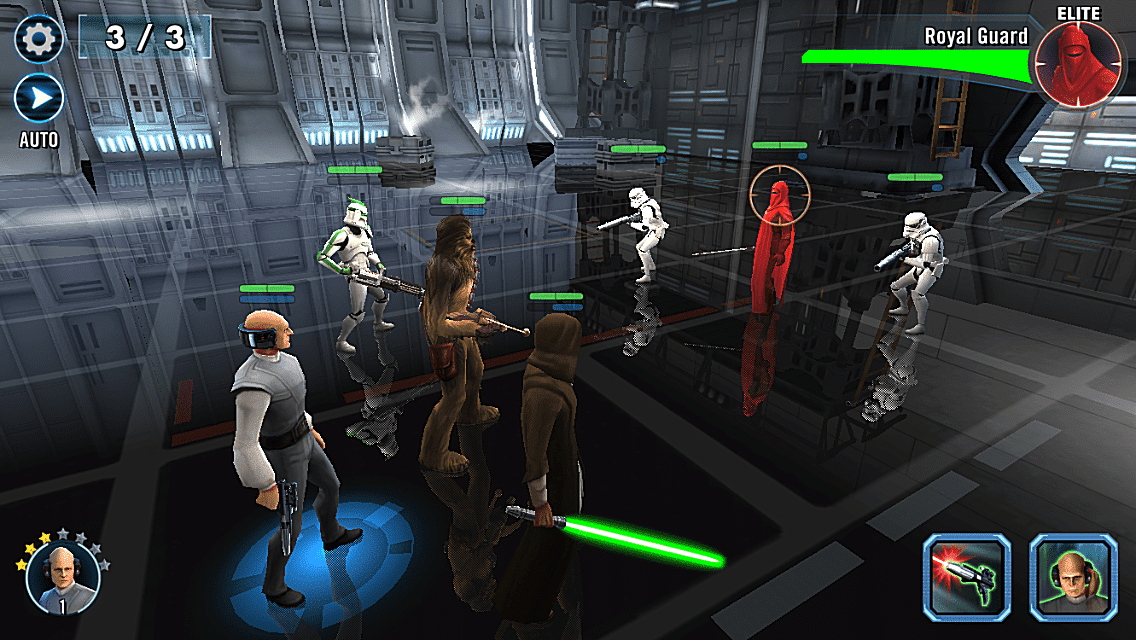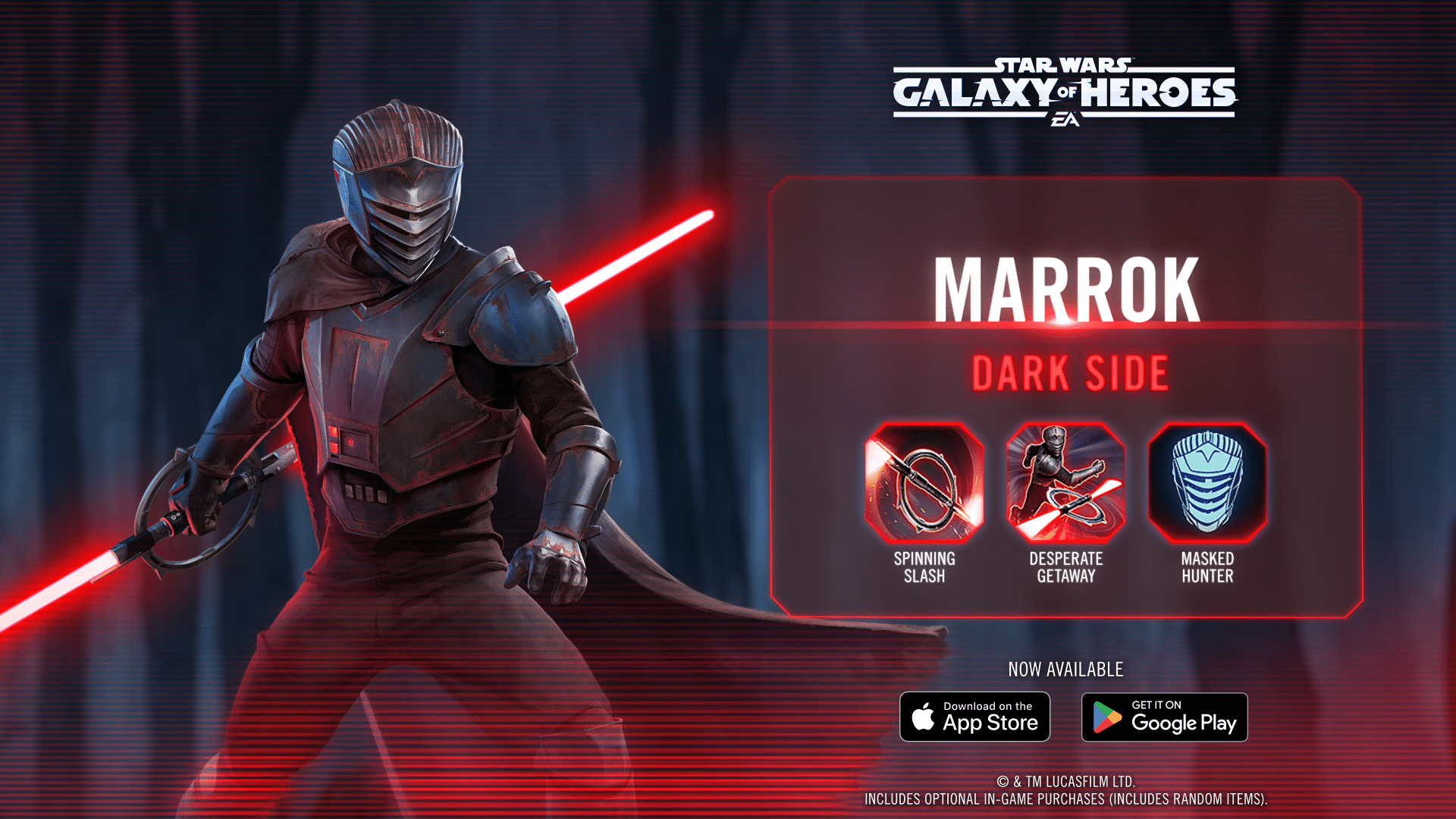The gaming and creative communities have recently lost a brilliant mind, Ti-Ning Kwa, a 3D artist whose work helped bring iconic Star Wars games to life. Kwa, known for his contributions to the Star Wars universe during his time at LucasArts, passed away last week. His artistic vision and creative input have left a lasting impact on several beloved Star Wars titles that continue to be cherished by fans to this day.
Ti-Ning Kwa’s Early Work and Journey to LucasArts
Kwa’s journey into the world of game development began in the late 1990s. His first significant role was at Dynamix, where he worked on the popular titles Starsiege Tribes (1998) and Tribes 2 (2001). These multiplayer-focused games showcased Kwa’s early talent in creating immersive 3D worlds and characters. Following the closure of Dynamix in 2001, Kwa and his colleagues transitioned to LucasArts, a move that would cement his place in the Star Wars gaming legacy.
Contributions to the Star Wars Universe
During his time at LucasArts, Kwa contributed to some of the most memorable Star Wars games of the early 2000s. His work helped define the visual style and atmosphere of two notable titles:
- Star Wars: Galactic Battlegrounds (2001): As part of the development team, Kwa contributed world and concept art for this real-time strategy game. Set in the Star Wars universe, the game allowed players to command armies across familiar planets and engage in battles during key events in the saga. Kwa’s artwork played a vital role in bringing those planetary battlegrounds to life.
- Star Wars Episode I: Jedi Power Battles (2000): Kwa also worked on Jedi Power Battles, an action-packed game set during the events of Star Wars: Episode I – The Phantom Menace. His artistic contributions helped create dynamic combat scenes and environments, offering players a chance to engage in thrilling lightsaber duels and battle droids in various Star Wars settings.
Though Kwa’s time at LucasArts was relatively short, his work on these games added visual depth and richness to the Star Wars universe, blending the excitement of the movies with interactive gameplay.

Post-LucasArts Career and Broader Contributions
After leaving LucasArts in 2003, Kwa expanded his creative horizons by joining There Inc., where he contributed to a now-defunct MMO project. However, his most significant and enduring work after LucasArts came during his time with Maxis, a subsidiary of Electronic Arts (EA). There, he worked on multiple Sims titles, starting with The Urbz: Sims in the City (2004) and continuing through various expansions and add-ons for The Sims series, including the Moschino Stuff Pack for The Sims 4.
Kwa’s versatility extended beyond gaming. He ventured into the world of fashion, co-founding the high-end luxury eyewear brand Rigards in 2011. His eyewear designs won several prestigious awards, including the Red Dot Design Award in 2018 and 2022, and were even featured in Netflix’s Cowboy Bebop series.
Legacy in the Star Wars Community
Kwa’s legacy in the Star Wars gaming world lives on through his contributions to titles like Galactic Battlegrounds and Jedi Power Battles. These games provided fans with an interactive way to experience the Star Wars universe, and Kwa’s work helped ensure that these virtual worlds felt authentic and visually compelling.
Players who fondly remember commanding clone troopers on the battlegrounds of Naboo or wielding lightsabers against the Trade Federation can thank artists like Ti-Ning Kwa, who brought their talents to bear on these projects. Kwa’s work went beyond just creating assets; he helped shape the atmosphere and excitement that Star Wars fans craved in these video game adaptations.
Conclusion: Honoring a Talented Artist
Ti-Ning Kwa’s passing marks the loss of a creative force who influenced both the gaming world and the fashion industry. His time at LucasArts saw him contribute to beloved Star Wars games that continue to be appreciated by fans for their authenticity and immersive design. From epic battles on alien worlds to the personal stories told through character designs, Kwa’s artistic legacy will be remembered by those who enjoyed the worlds he helped create.
Kwa’s talents extended far beyond gaming, proving that a great artist can leave their mark in multiple fields. As we remember him for his contributions to the Star Wars universe, his work continues to inspire a new generation of creators across different industries.










